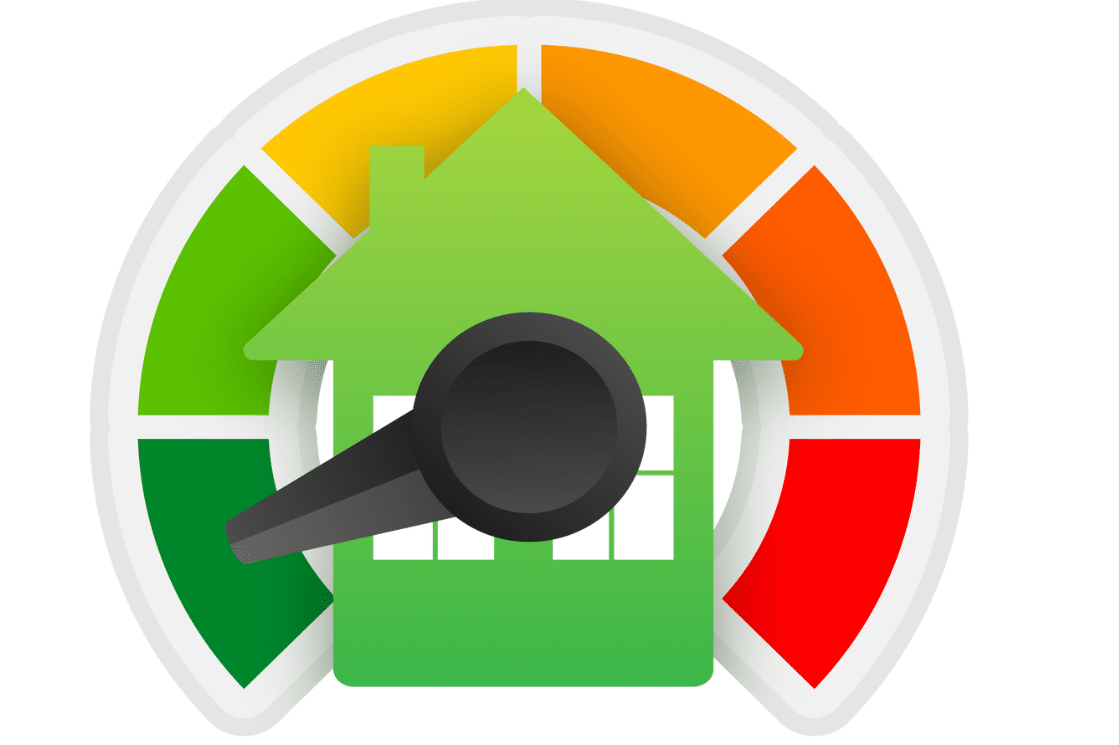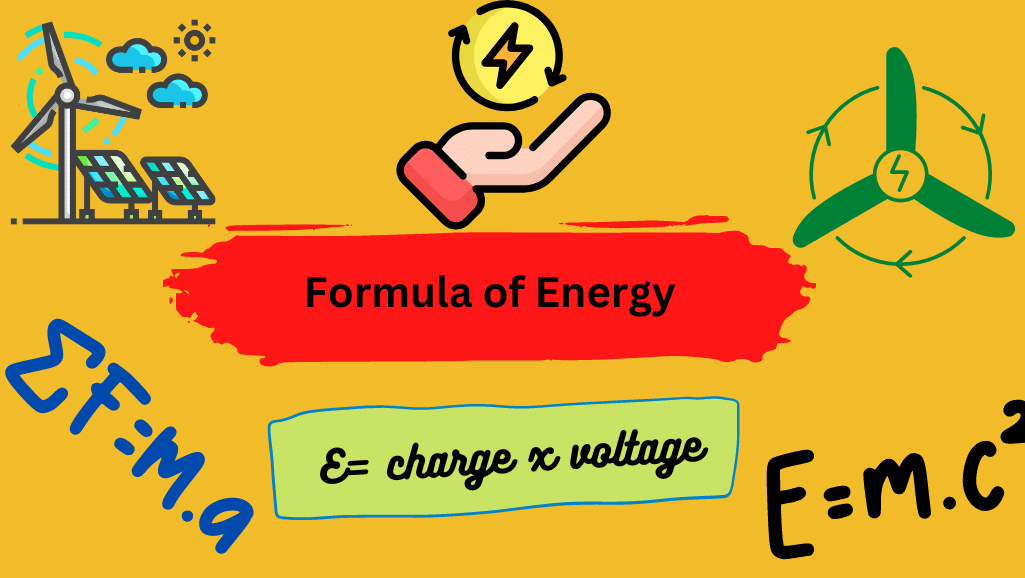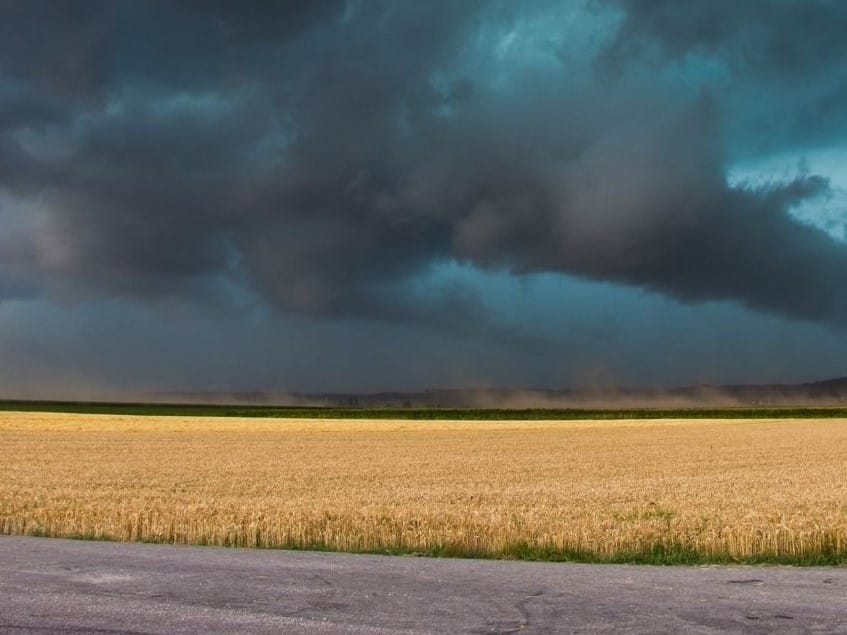Thermal energy is the flow of heat from a warmer to a cooler material. When thermal energy is transferred to a material, the motion of its particles accelerates and the temperature rises. Technically, thermal energy is defined as the sum of all kinetic and potential energy that comprises a physical system. This total thermal energy is also known as a system’s total internal energy.
Thermal energy is transferred in three ways: conduction, convection, and radiation.

Table of Contents
Difference between Thermal energy, Heat and Temperature
Although the terms heat and thermal energy are frequently used interchangeably, they are not the same thing. A few differences between thermal energy, heat and temperature are listed in the table below:
| Thermal Energy | Heat | Temperature |
| The movement of molecules within an object or substance is referred to as thermal energy. Every object or substance contains thermal energy, with the sun being the most powerful thermal energy source in our solar system. | The transfer of kinetic energy from one medium or object to another, or from an energy source to a medium or object, is referred to as heat. Energy can be transferred in three ways: radiation, conduction, and convection. | Temperature is a measure of how hot or cold something is expressed in terms of one of several scales, including Fahrenheit and Celsius. |
| We usually measure thermal energy in joules, often abbreviated to J in the International System of Units (SI unit). | The SI unit of heat is joules. | The kelvin is the SI unit of thermodynamic temperature |
What is thermal energy?
- Thermal energy is defined as the energy contained within a system that is responsible for its temperature.
- The total kinetic and potential energy of a physical system is referred to as its thermal energy.
- The total internal energy of a system is frequently referred to as its total thermal energy.
- Thermal energy is the movement of atoms within an object or system.
- Thermal energy exists in everything, and the sun is our solar system’s primary thermal energy source.
Thermal Energy Facts
- Thermal energy is a type of kinetic energy because it is generated by particle movement. Kinetic energy is the energy that an object possesses as a result of its motion.
- The greater the thermal energy of a body, the faster its atoms, molecules, or atoms move.
- Thermal energy sources include natural gas, coal, and oil, as well as solar, heat pump electric, and geothermal heat.
- Utilizing thermal energy productively includes a variety of processes, including baking, cooling, smoking, drying, heating, and manufacturing.
- Thermal energy (heat) is released when chemical bonds are broken and formed during a combustion reaction, which is why fire is hot. Fuel and oxygen are converted during combustion into carbon dioxide and water.
- Thermal energy is typically transferred from a warmer to a cooler material. When thermal energy is transferred to a material, the motion of its particles accelerates and the temperature rises.
Thermal Energy Equation
The thermal energy equation is given as:
Q = mcΔT
- Q = Thermal Energy.
- m = Give substance Mass.
- c = Specific heat.
- ΔT = Difference in Temperature.
Thermal Energy Examples
- Heat Energy From the Oceans
- Fuel Cell Energy
- radiator or heating system in a home
- Burning of fire
- Geothermal energy is the thermal energy in the earth
- Boiling water on a stove
- The thermal energy in the water causes the ice to melt
More Links
- BCl3 Lewis Structure in four simple steps - November 1, 2023
- PH3 Lewis Structure in four simple steps - October 8, 2023
- PF3 Lewis structure in four simple steps - September 24, 2023



